Description
What is a Laptop Mockup and Why You Need It
A laptop mockup is a digital or physical representation of a laptop that showcases design work in a realistic and visually appealing manner. These mockups serve as a crucial tool for designers, enabling them to present their projects with greater clarity and professionalism. In the design world, the primary purpose of a laptop mockup is to provide a context-aware environment where designers can demonstrate their creative ideas, whether they be graphics, websites, or applications. By utilizing a mockup, designers can simulate how their work will look on an actual device, which aids in the visualization process for both the creator and the client.
There are several types of laptop mockups available, each serving different purposes. Static laptop mockups display a fixed image of a design within the laptop frame, providing a snapshot that is easy to share and present. Responsive mockups, on the other hand, allow for interactive presentations where the design can be viewed in different screen sizes or adjusted to fit various resolutions. 3D mockups add another layer of depth, providing a more immersive experience by presenting the laptop from various angles. These diverse types cater to the varying needs of fields such as graphic design, web design, and product marketing, adapting to specific project requirements.
The benefits of incorporating laptop mockups into your workflow are multifaceted. They significantly enhance the presentation quality of designs, making them visually engaging and relatable. Moreover, laptop mockups improve communication with clients by allowing them to better understand the final product’s implementation, reducing misunderstandings and fostering collaboration. Overall, mockups provide a realistic context to visualize projects, thus supporting designers in effectively showcasing their work to a broad audience.
How to Create and Use Laptop Mockups
Creating and using laptop mockups can significantly enhance design presentations by providing a realistic context for showcasing your work. The process begins by selecting the right tools and software. Numerous options are available, ranging from established graphics software like Adobe Photoshop to user-friendly online mockup generators such as Placeit and Mockup World. These platforms offer pre-made templates that can save valuable time in the design process.
For Photoshop users, start by downloading a suitable laptop mockup template. Open the template in Photoshop and locate the smart object layer, which typically allows you to insert your design seamlessly. By replacing the placeholder image with your own design, you can quickly visualize how your work will appear on a physical laptop screen. Ensure that you adjust any necessary elements, such as shadows or reflections, to maintain a professional look. For those who prefer online tools, platforms like Placeit allow for easy uploads and instant mockup generation, making the process accessible without advanced software skills.
Customizing your mockup is essential for aligning it with your branding elements. Incorporate your logos, color schemes, and other design aspects to ensure consistency across your projects. This not only strengthens your brand identity but also makes the presentation more cohesive. Effective utilization of laptop mockups extends beyond just presentations. Integrate them into your portfolio to illustrate real-world applications of your designs, share engaging visuals on social media platforms, and prepare them for client presentations. By doing so, you enhance the perceived value of your work and make a lasting impression.
In conclusion, the effective creation and application of laptop mockups can elevate your design presentations significantly. By mastering the tools and techniques discussed, you can ensure that your designs stand out, making them more appealing and relatable to your audience.
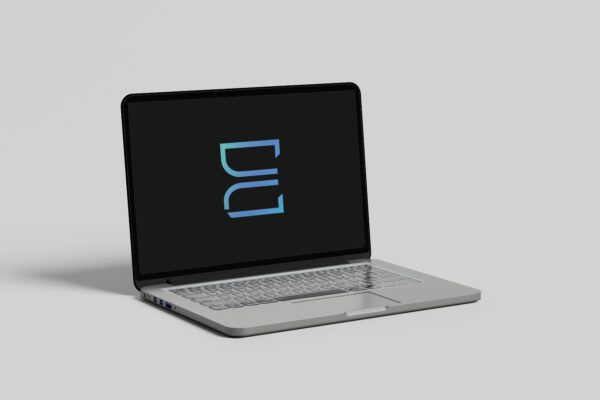



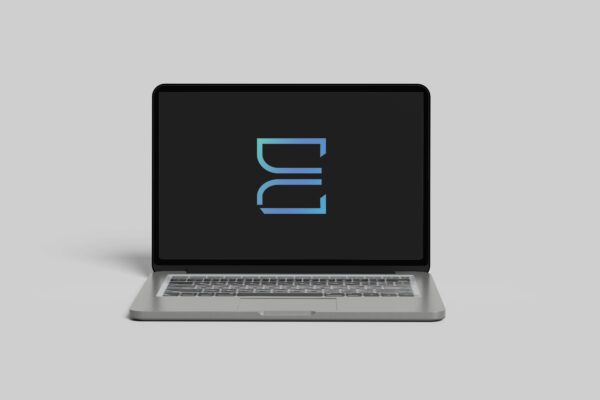
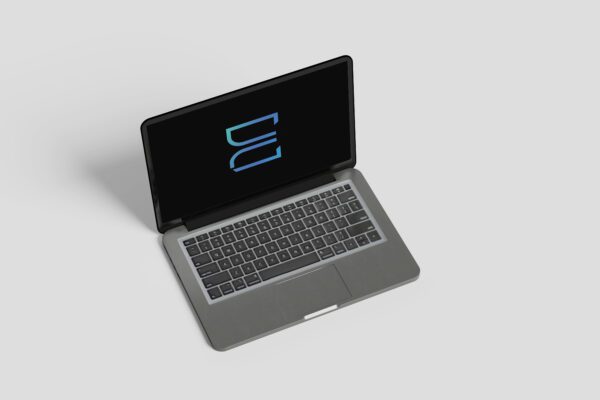
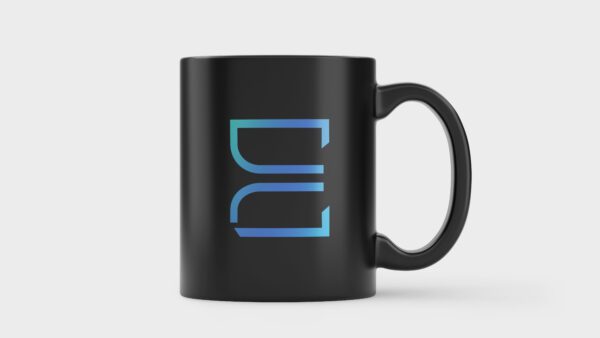
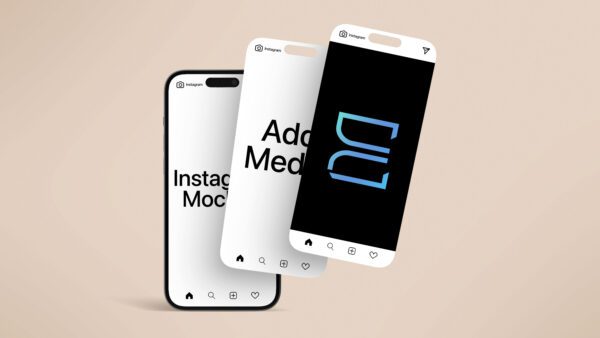
Reviews
There are no reviews yet.